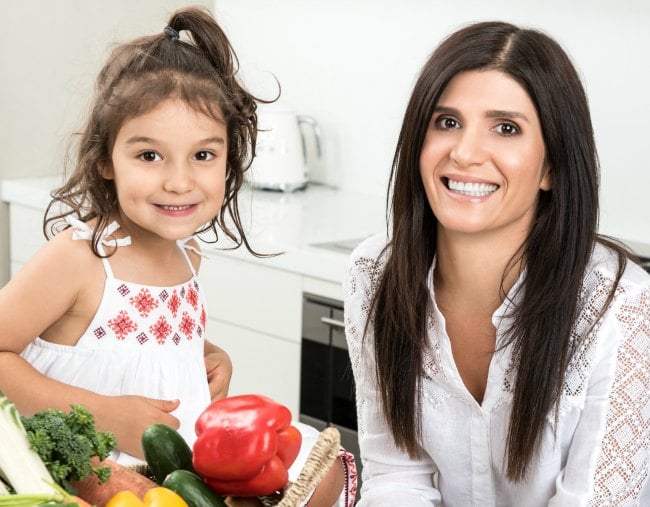
If you have clicked on this post in the hope that you can find answers on how to ‘fix’ your fussy eater (or eaters), you are not alone. Around 80 per cent of the parents or caregivers I see in my practice are struggling to increase variety in their children’s diets and around half of all toddlers can be classified as fussy eaters.
Thankfully, for most children it is a stage that they will grow out of and they will become more adventurous eventually.
However, the fussy eating period tends to coincide with an important time in a child’s development, so leaving kids to eat a diet of only white bread and pasta for too long isn’t a healthy option. The strategies we implement to deal with their food refusal, along with the food choices we offer them during this stage, can have a huge impact on how willing they are to try new foods and how their eating habits are ultimately shaped.
There are many – often complex – reasons why children evolve into fussy eaters, and common culprits include sensory issues, oral motor delays, digestive complaints, allergies, zinc deficiencies, cravings for sugar or salt, as well as stressful mealtimes.
Below are the main underlying causes that I see in my practice:
1. Introducing sugary foods too early on.
If children are exposed to sugar too early, they will alter their sweet taste receptors. Research has also shown that sugar is highly addictive, and has a drug-like response in many children – the more a child eats it, the more he or she wants to eat it to feel the euphoric feelings associated with sweet foods.


